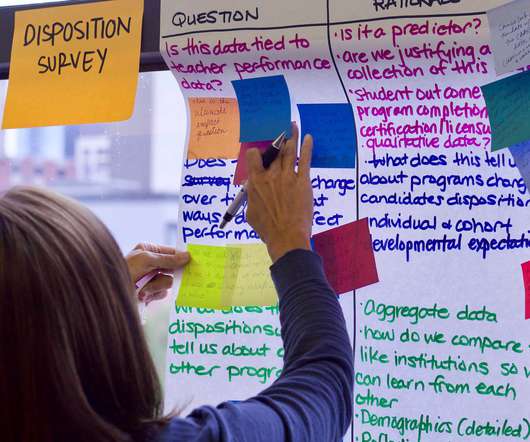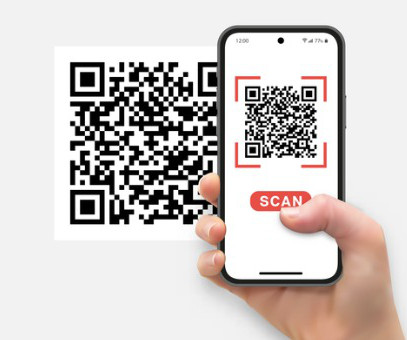Using data to catalyze and sustain cycles of continuous improvement in teacher preparation
Deans for Impact
DECEMBER 8, 2022
Data, when interpreted in context and used appropriately, is a powerful tool for surfacing important trends and issues in education. Download our resources: Data Diagnostic Tool. But access to data doesn’t guarantee action based on that data. Improvement Cycle Framework. Faculty at the University of Missouri-St.





















Let's personalize your content